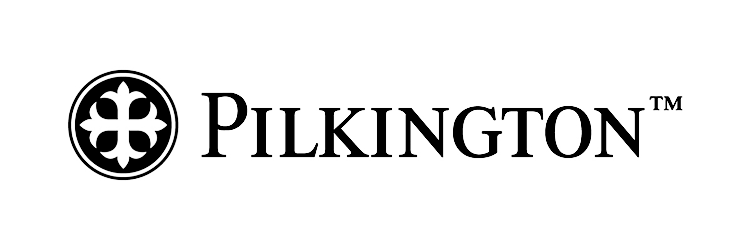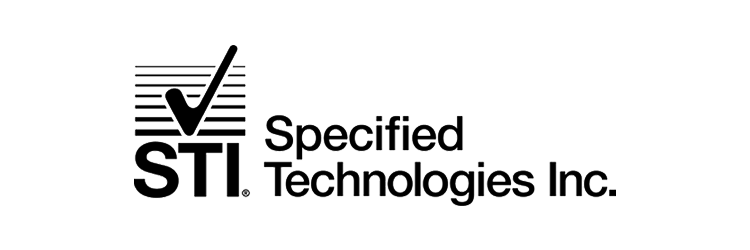Northeast
EVENT THEME
Detailing High-Performance Facades: Cladding Decisions and Sealant Strategies
Today’s high-performance facade standards require the deft balancing of aesthetics, technical detailing, and the demands of the client and local building regulations. This workshop will discuss both material and technical solutions to meet those standards. Experts will be on hand to lead tutorials on the most recent innovations in rainscreen cladding, sealant solutions, and much more. Attendees will leave with a greater knowledge of material applications at the cutting-edge of energy performance and code compliance, all while learning of attractive solutions for clients and end users.
view_agenda Agenda
10AM - 11AM
Provider: Pilkington
Credit type: 1 LU/HSW
Different buildings have differing needs for aesthetics, performance, and functional operations. Few building materials have as great an impact on all three of these areas as glass since it plays a unique and important role in building design and the environment. The use of glass in buildings affects design, appearance, thermal performance, and occupant comfort. Historically, glass was used mainly for windows to admit air and light, but with advanced manufacturing options and the need for high performance buildings, it is now integral to interior and exterior architecture. Glass now plays a critical role in achieving a wide variety of dynamic and varied performance requirements from reducing bird strikes to generating power. These evolving technologies enable a variety of occupant and building performance improvements such as air quality improvements, fire protection, and improved acoustic performance. Additionally, these technologies can be used to enable significant reductions in the energy usage of existing and new buildings, which further improves sustainability and the push towards zero net carbon building future. Therefore, the selection of the right types of glass is a crucial element of the design process to create solutions that not just achieve the performance and aesthetic targets, but also directly lead to the greater goals of occupant health and comfort as well achieving the macroscale building demands in terms of sustainability and operations. Architects who understand the full range of possibilities available from glass manufacturers can use them to design the aesthetics, performance, and wellness standards required of the built environment today.
Learning Objectives
- Identify the different types of high-performance glass that are available and explain how these products impact occupant health, safety, and sustainability.
- Investigate the design potential and innovative opportunities to reduce bird strikes, improve sound attenuation, reduce fire risk, and improve surface cleanliness using advanced glass technologies.
- Explain how window retrofit technologies and power generating/dynamic glazing contribute to green and sustainable design in buildings.
- Acquire insights into emerging technologies being used to achieve healthier, safer, and more sustainable buildings, beyond achieving performance and aesthetic targets.
11AM - 12PM
Provider: Northern Facades
Credit type: 1 LU/HSW
Reaching towards Net Zero energy ready buildings is becoming a popular topic in todays climate changing world. Energy efficiency has expanded towards exterior wall assemblies where effects of thermal bridging are considered and thermally broken sub-framing systems are becoming the new norm. This course will identify and compare various cladding attachment methods on the market. Learn how to determine the appropriate clip for your project and how to compare effective thermal resistance required to achieve projects targeted R – Value.
Learning Objectives
- In this presentation you will be able to understand how the use of thermal clips will impact thermal bridging on various exterior wall assembly applications.
- Identify types of clips currently on the market.
- Learn how to calculate the number of clips required on your project by identifying structural forces involved to determine clip spacing.
- Gain insight on how the NFPA 285 fire code applies to thermal clips.
- Acquire a new ability to effectively detail thermal clips on architectural drawings.
12PM - 1PM
Provider: STI Firestop
Credit type: 1 LU/HSW
This course provides an advanced overview of the requirements of ASTM E2307 and the advancements in perimeter fire containment systems for today’s curtain wall systems. The value of understanding the requirements and performance of ASTM E2307 published design listings cannot be overstated for today’s ever-changing, complex curtain wall systems. By understanding the unique challenges that ASTM E2307 present and how to select a safe solution in the design phase, you can eliminate costly changes, delays, and compromised life safety requirements prior to the start of construction.
Learning Objectives
- Define the role and value of ASTM E2307 in today’s ever-changing and complex curtain wall designs.
- Identify the code requirements for perimeter fire protection.
- Understand how curtain wall assemblies perform per ASTM E2307 testing and the importance of independent third-party published design listings for perimeter fire containment systems.
- Recognize the complexity of ASTM E 2307 published design listings for perimeter fire containment systems and how to use them to your advantage
1PM - 2PM
Provider: STO Corp.
Credit type: 1 LU/HSW
This course examines the use of opaque glass as a façade material in a drained and back ventilated rainscreen system.
Highlighted within will be the design consideration and benefits thereof when designing with and specifying opaque glass rainscreen.
The importance of the building science principle of exterior wall assembly control layers, and the role they play in providing occupant health and safety will be emphasized for use with opaque glass, open-joint, drained and back ventilated complete rainscreen systems.
Presentation will also address sustainability, safety and durability benefits that are associated with properly designed and manufactured opaque glass panels. while providing an understanding of required test criteria and typical test results when opaque glass panel are used within an open-joint, drained and back ventilated complete rainscreen system.
Learning Objectives
- Examine the materiality of glass for use in rainscreen design with regards to performance, sustainability and health and safety.
- Identify the choices of opaque glass for use in rainscreen applications.
- Explain the importance of integrating building science control layer functionality into rainscreen design for building performance and occupant health and comfort.
- Highlight design considerations associated with opaque glass in open-
joint, drained and back-ventilated rainscreen.
2PM - 3PM
- Credit type: 1 AIA/HSW
- Provider: Kalwall
Topics discussed include daylighting strategies available through the integration of structural sandwich panels, energy conservation, enhancements, options, form and aesthetics. The many benefits to health, productivity, safety and sustainable design will be discussed, as well as specialty applications including explosion venting, blast resistance, OSHA fall through protection and hurricane resistance.
Learning Objectives
- Effective and versatile Daylighting strategies and techniques.
- Special performance options and benefits.
- Applications for sustainable design.
- Diffused daylighting for security, health and safety and inviting interior spaces.













